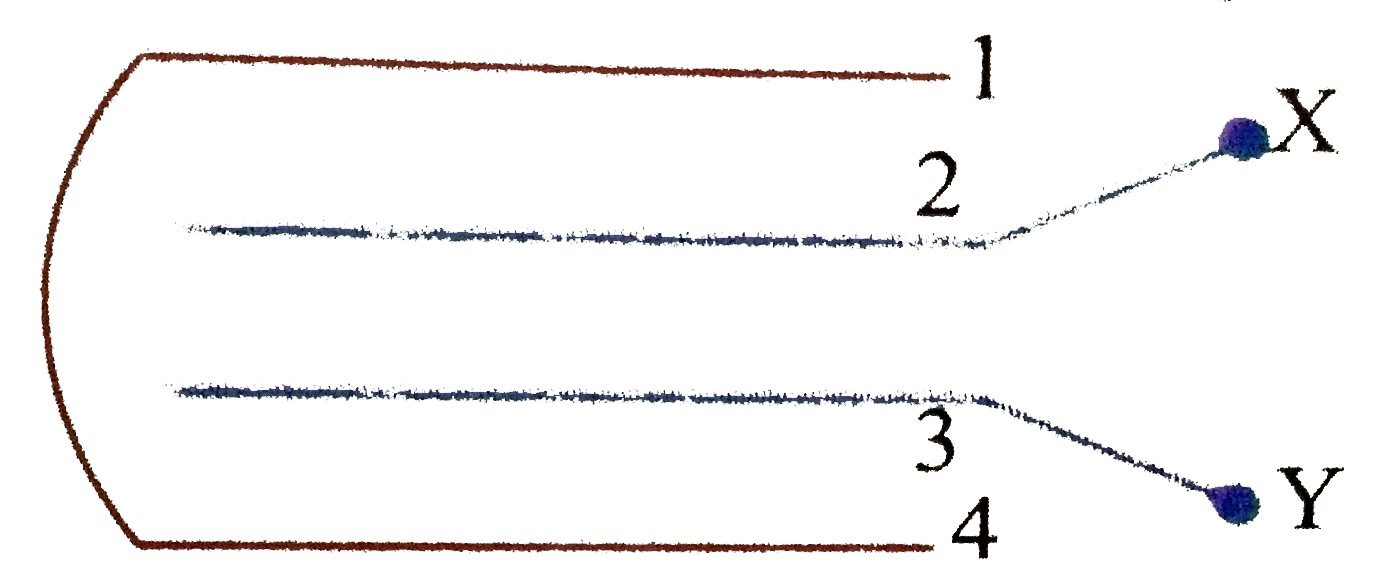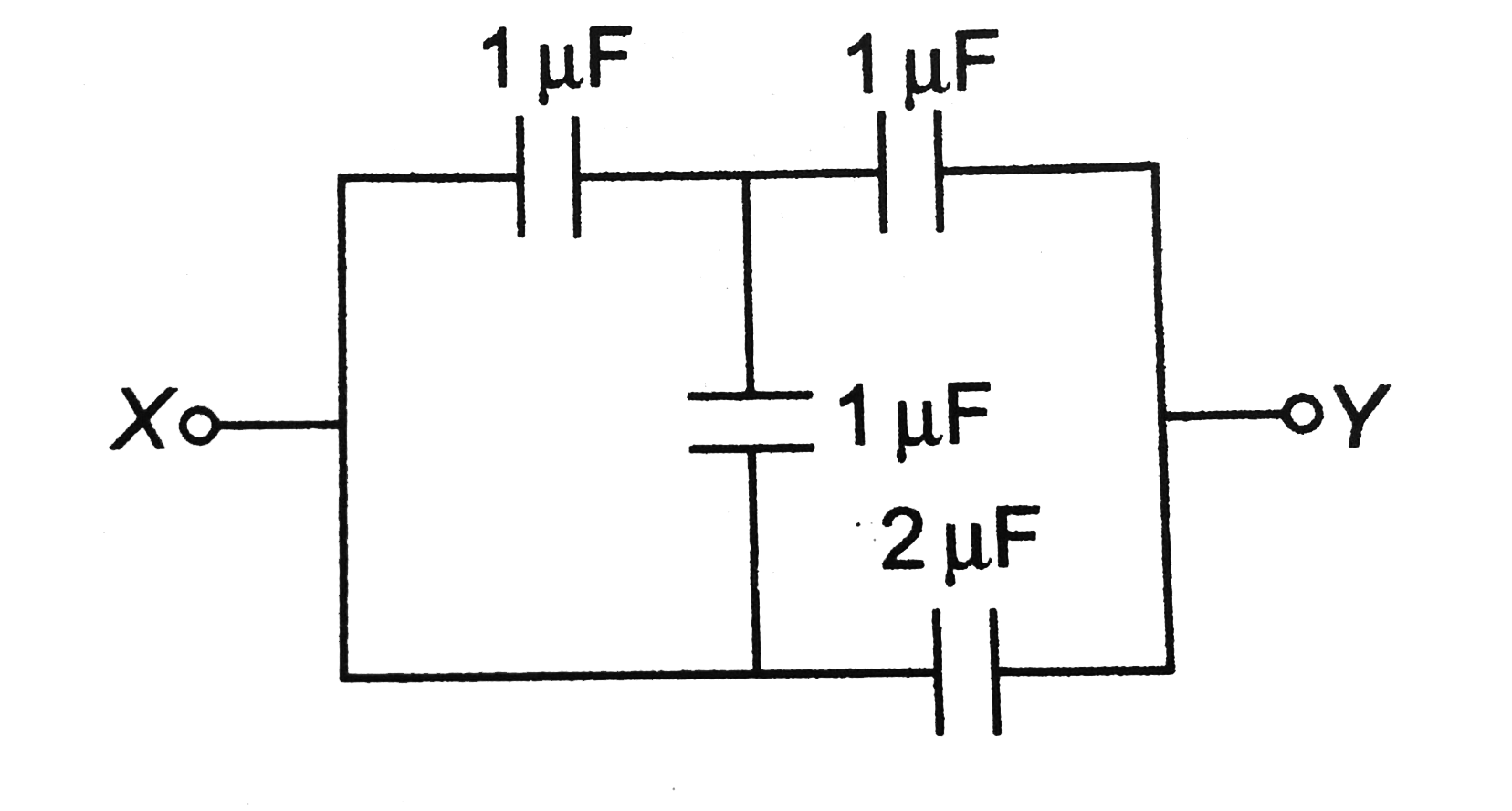Formation of inorganic benzene requires 6 equivalent of X and 3 equivalent of Y. What is X and Y?
BH3,NH3
NH3,B2H6
B2H6,NH3
NH3,BH3
To solve the problem of identifying the reactants X and Y required for the formation of inorganic benzene, we can follow these steps:
Step 1: Understand the Formation of Inorganic Benzene
Inorganic benzene, also known as borazine, is formed from diborane and ammonia. The chemical reaction involves these two compounds.
Step 2: Identify the Reactants
From the question, we know that:
- 6 equivalents of X are required.
- 3 equivalents of Y are required.
Step 3: Relate the Reactants to Known Compounds
We know that:
- X is ammonia (NH3).
- Y is diborane (B2H6).
Step 4: Write the Reaction
The reaction for the formation of inorganic benzene can be represented as:
3B2H6+6NH3→B3N3H6+3H2
Step 5: Conclude the Values of X and Y
From the above information:
- X=NH3 (ammonia)
- Y=B2H6 (diborane)
Thus, the final answer is:
- X is ammonia (NH3)
- Y is diborane (B2H6)
Summary
- X=NH3
- Y=B2H6
Inorganic benzene, also known as borazine, is formed from diborane and ammonia. The chemical reaction involves these two compounds.
From the question, we know that:
- 6 equivalents of X are required.
- 3 equivalents of Y are required.
We know that:
- X is ammonia (NH3).
- Y is diborane (B2H6).
The reaction for the formation of inorganic benzene can be represented as:
3B2H6+6NH3→B3N3H6+3H2
From the above information:
- X=NH3 (ammonia)
- Y=B2H6 (diborane)
- X is ammonia (NH3)
- Y is diborane (B2H6)
- X=NH3
- Y=B2H6
Topper's Solved these Questions
Similar Questions
Knowledge Check
if 4560 is equivalent to 3x then value of x is
A4B5C6D20If 34 is equivalent to x20 then value of x is
A15B18C12Dnone of theseAn equation equivalent to the quadratic equation x2−6x+5=0 is
A6x2−5x+1=0Bx2−5x+6=0C5x2−6x+1=0D|x−3|=2
Find equivalent capacity X and Y
 .
.
View SolutionConsider the following relations: R = {(x, y) | x, y are real numbers and x = wy for some rational number w}; S={(mn,pq)m , n , pandqa r ei n t e g e r ss u c ht h a tn ,q≠0andq m = p n} . Then
(1) neither R nor S is an equivalence relation
(2) S is an equivalence relation but R is not an equivalence relation
(3) R and S both are equivalence relations
(4) R is an equivalence relation but S is not an equivalence relation
View SolutionThe negation of the Boolean expression x↔~y is equivalent to :
View SolutionThe equivalent capacitance between X and Y is

View SolutionA compound is made up of element X and Y. The equivalent weight of X is one fourth its atomic weight and the equivalent weight of Y is half its atomic weight. The formula of compound is
View Solution

 .
.